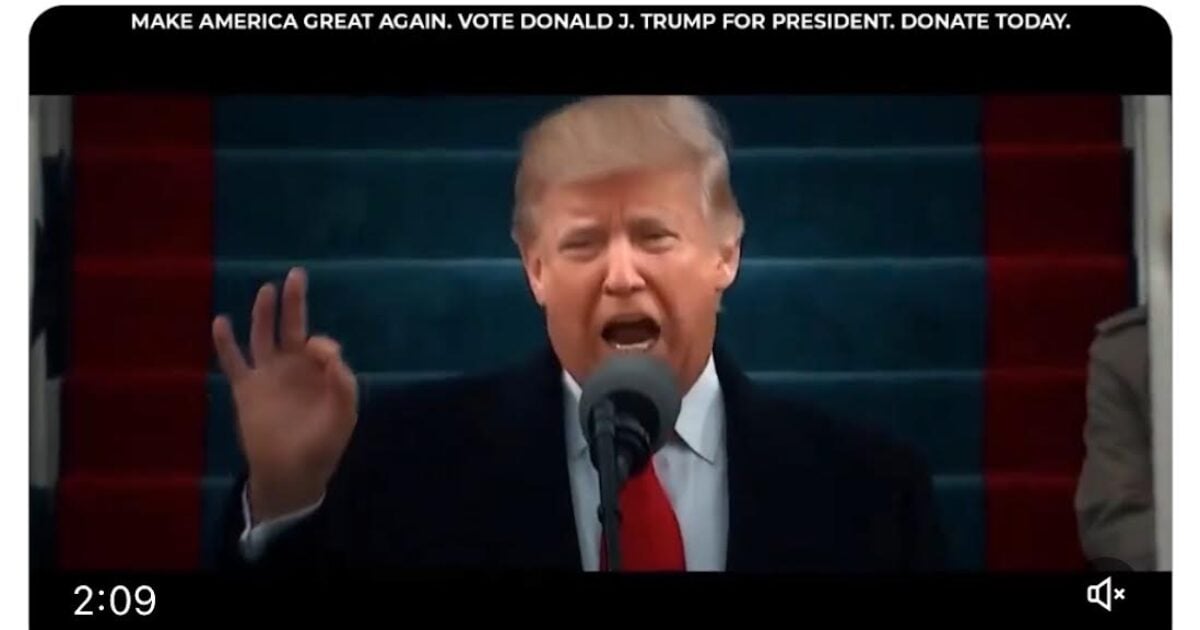TikTok’s still trying to get people to buy more things in the app, this time via a new integration with Amazon that’ll enable TikTok users to make an Amazon purchase in-stream, without having to tap through to the Amazon app or website.
Amazon’s new partnership with TikTok will facilitate more direct integration between the two apps. Pinterest has also signed up to a similar arrangement with the commerce giant, though only TikTok has made an official announcement as yet.
As per TikTok:
“Users can now seamlessly discover and purchase their favorite products from Amazon directly within the TikTok app. This shopping experience is powered by Amazon through ads placed on TikTok and allows users to complete product purchases with Amazon in TikTok’s native environment.”
So now, when TikTok users see Amazon product recommendations within their “For You” feed, they’ll be able to make a purchase then and there, which is facilitated by linking your TikTok profile to your Amazon account, “through a secure, quick, and easy one-time set-up.”
Note that “secure” is the key term that TikTok wants to emphasize here.
With TikTok still under a cloud in the U.S., due to its perceived links to the Chinese Government, at least some U.S. shoppers will be hesitant to establish a direct connection between their Amazon profile and their TikTok presence, for fear of exposing more of their data to the company.
But TikTok’s hoping that convenience will win out:
“Once your accounts are linked, Amazon customers will be able to complete a checkout with Amazon in the product ad without leaving the TikTok app – enabling a faster, more frictionless experience.”
In addition, if you do connect your Amazon account, you’ll be shown real-time pricing, Prime eligibility, and delivery estimates, all within the TikTok listings.
The arrangement in itself is nothing new, with Amazon establishing similar shopping partnerships with Meta and Snapchat late last year. The expansion to TikTok, as well as Pinterest, will provide more ways for Amazon to tap into compulsive social shopping behaviors, in a more streamlined way, with the benefit to the platforms being habitual transformation, in enabling users to buy more things in their apps.
But even so, social commerce is still struggling to gain any real momentum in Western markets, especially in comparison to China, where shopping in social apps, particularly via live streams, has exploded in recent years.
That’s not to say that social shopping has been a failure in the West. Indeed, adoption of social shopping is increasing at a rate of around 18% per year, but it’s still a long way off of in-person commerce in most regions.
This is largely reflective of shopping trends more broadly, in isolation from social media apps, with adoption of eCommerce steadily rising over time.


As you can see in this chart, the COVID pandemic logically sparked a big surge in online shopping, which many industry experts believed would be a marker of things to come, with that jump expected to hold once people had become more accustomed to the convenience of shopping via their phones.
But it’s since largely scaled back to its pre-COVID trajectory, though a little higher, now making up around 15% of U.S. retail spending.
So, over time, more people are becoming more accustomed to online shopping, which includes social media commerce. And the next generation of consumers will likely be even more welcoming of purchasable product listings within their social feeds, but it’s taking longer than many had expected, which has seen many of these projects flail and fade out, as social media users continue to separate their entertainment and shopping activity.
That, seemingly, will change, but again, Western consumers are not following the same adoption trends as those in China. Which must be frustrating for TikTok, with the Chinese version of the app now bringing in billions from in-app shopping.
As such, you can expect to see TikTok continue to push in-app commerce as a key opportunity, in the hopes of accelerating these trends, while the other social apps keep in touch with their own, similar offerings, in case there is a sudden shift.













